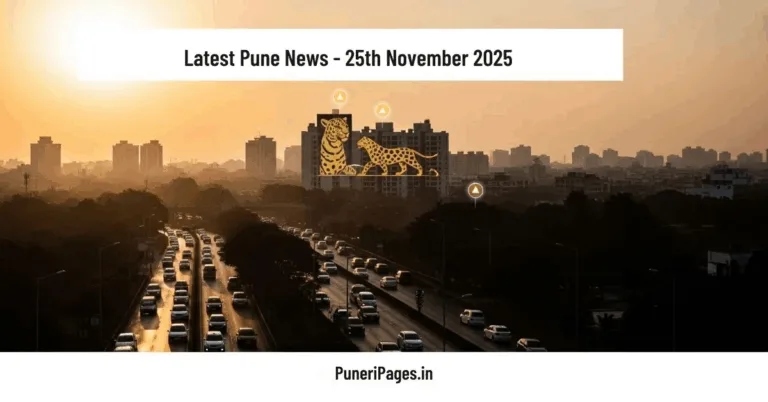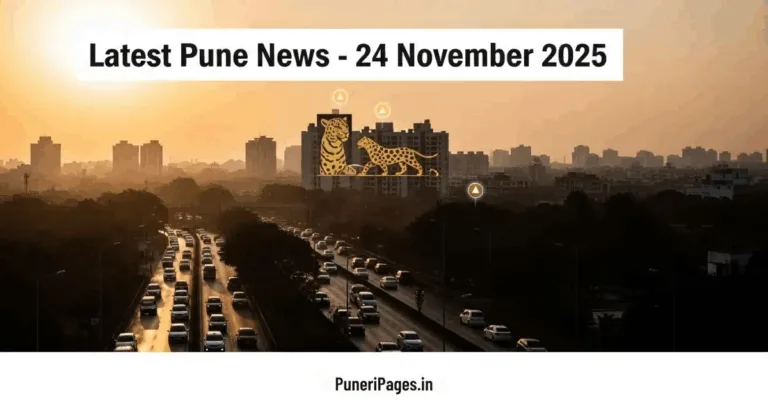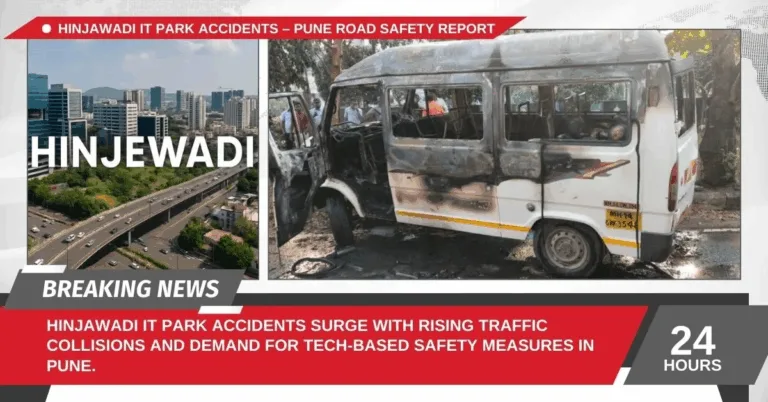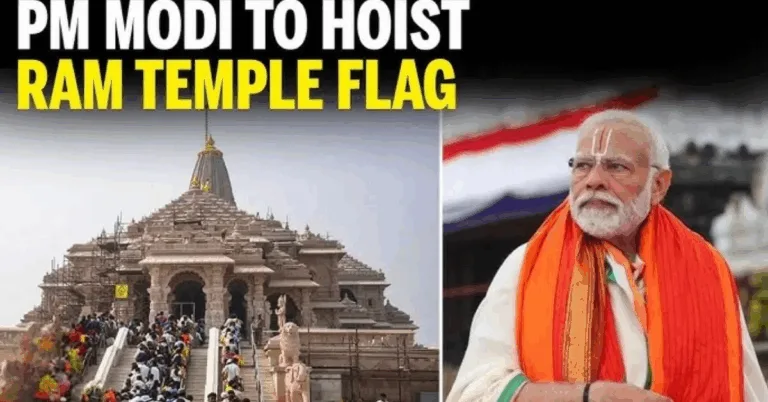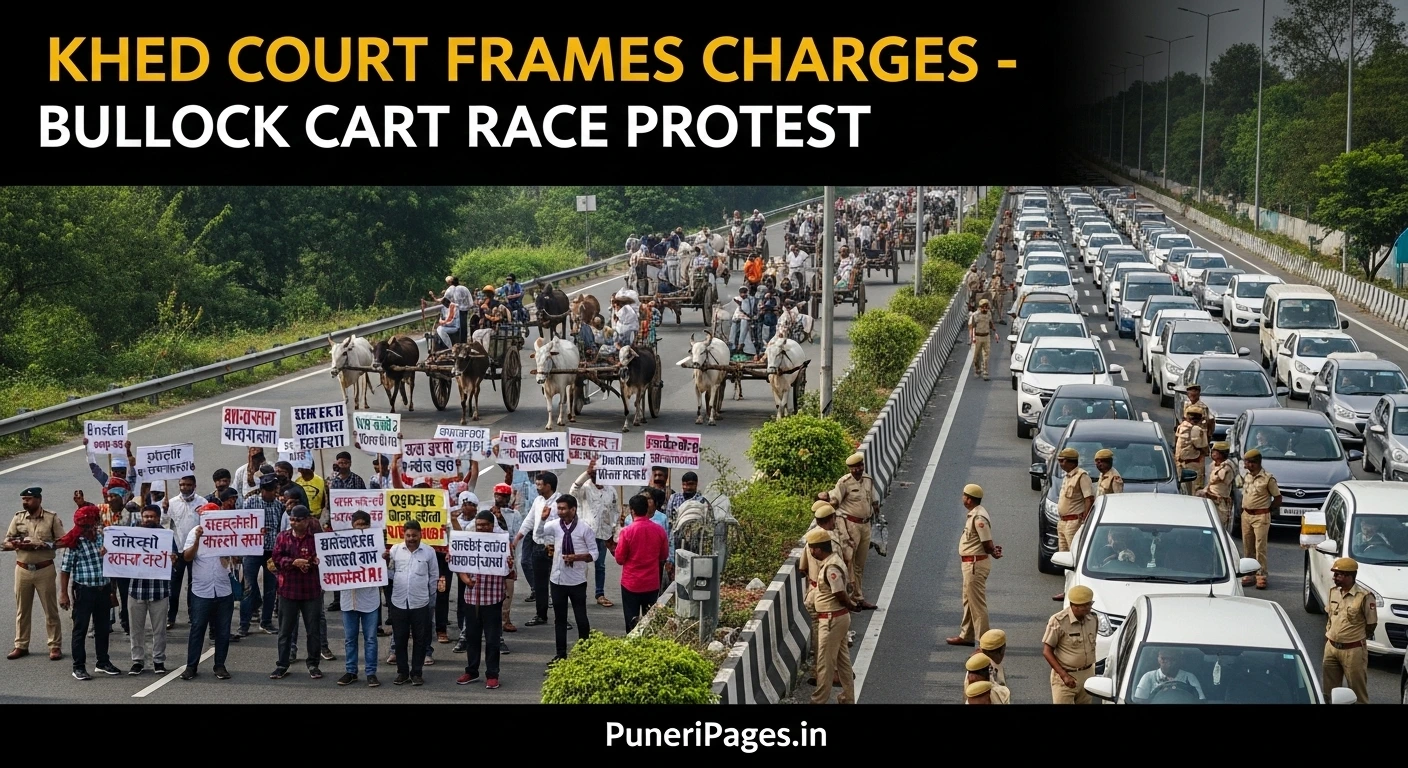
Protesters blocked the Pune-Nashik highway in 2021 over the bullock cart race ban. The Khed court has now framed charges against 15, including an MLA.
By Prashant for PuneriPages.in
Pune: The long-standing debate over bullock cart races in Maharashtra has once again entered the courtroom. A Judicial Magistrate First Class (JMFC) court in Khed has now framed charges against 15 people — including an MLA — for their alleged role in a 2021 protest that brought the busy Pune-Nashik highway to a standstill.
Table of Contents
What Does Khed Court Frames Charges Mean?
Think of it as the court saying: “Alright, the evidence looks strong enough for us to move forward, now let’s have a proper trial.”
It doesn’t mean the accused are guilty — it simply means the court believes there’s enough ground for a case. From here, both sides — the prosecution and the defense — will get their chance to argue it out.
The Protest That Stopped Pune-Nashik Highway
Back in December 2021, hundreds of villagers and supporters hit the highway demanding that the ban on bullock cart races (bailgada sharyat) be lifted. For hours, traffic crawled to a halt on the Pune-Nashik stretch.
For rural Maharashtra, these races aren’t just sport — they’re tradition, pride, and community. But with the Supreme Court ban in place, emotions boiled over, and this highway protest became one of the loudest expressions of dissent.
Specific IPC Charges in Khed Court Frames Charges Case
The court has listed offences under the Indian Penal Code (IPC), which include:
- Wrongful restraint (blocking the highway).
- Unlawful assembly.
- Disobeying lawful orders.
- Creating danger or obstruction in a public way.
In short — the law says the protest crossed the line from peaceful demonstration to public disruption.
What Happens Next in the Khed Court Frames Charges Trial?
Now that charges are set, the case heads to trial. The prosecution will bring in witnesses and evidence, while the defense will try to prove otherwise. It’s not just a legal battle — it’s also a larger question of where tradition stands in today’s legal framework.
Whether the protestors’ actions were justified or not, one thing is clear: the tug-of-war between cultural practices and modern rules isn’t ending anytime soon.
